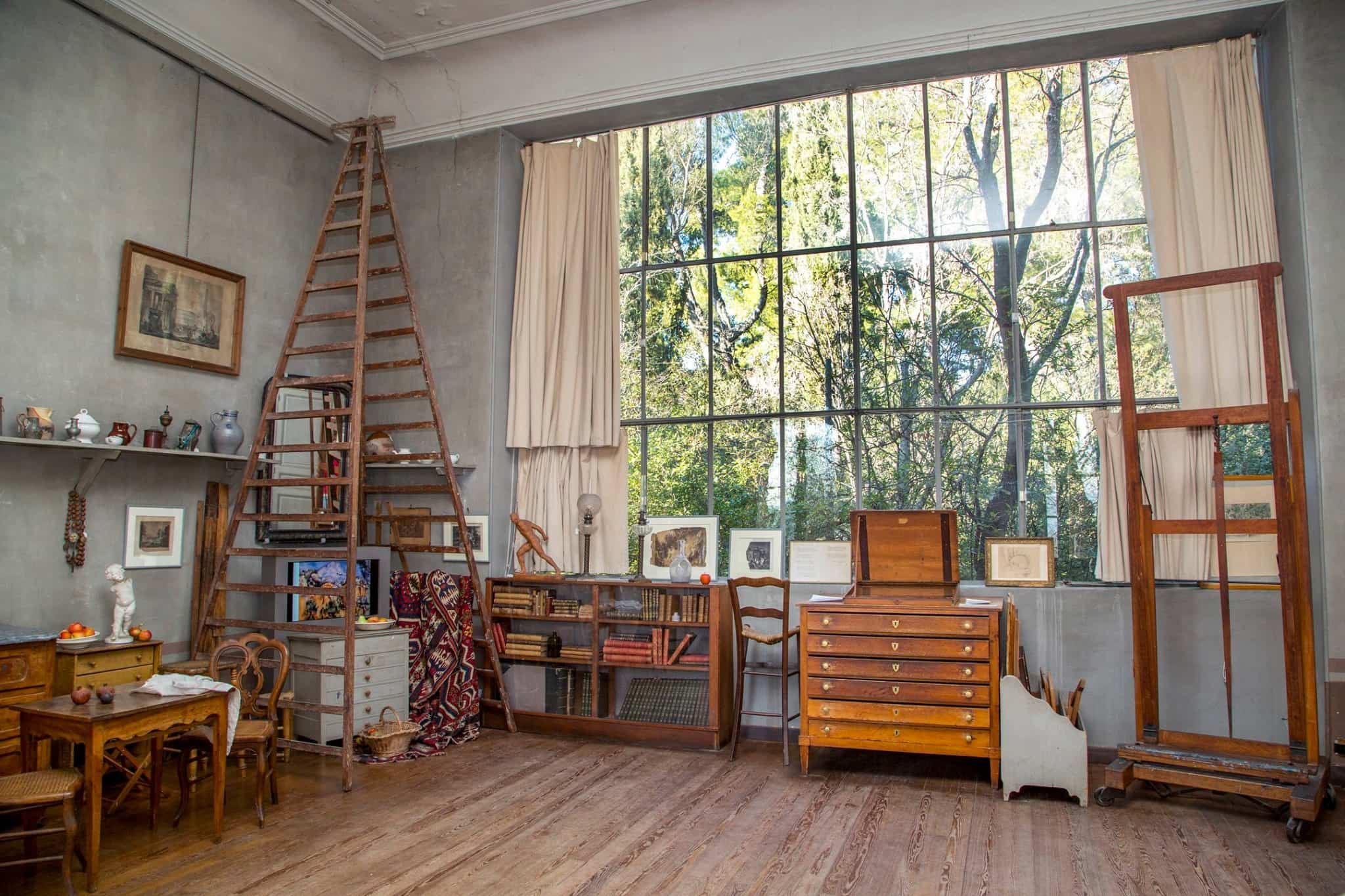Documentary on his life, film on his friendship with Émile Zola, song inspired by his work...: more than a century after his death, Paul Cezanne is taking his revenge on an era that failed to recognize the crucial role the native of Aix-en-Provence would play in the history of art. In 2025, his homeland will pay tribute to him through a series of events, including a major exhibition and the reopening of his last studio.
